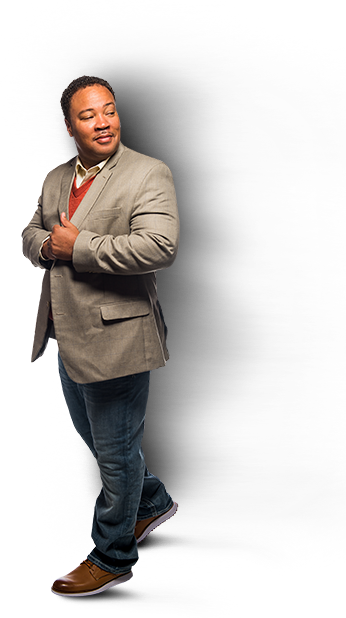In today’s nursing practice, varying opinions about how to best implement safe patient handling (SPH) programs exist. Some nurses offer suggestions based on personal experiences, which is both common and to be expected. Others are passionate and steadfast regarding the successful strategies they may have created.
Although these contributions are important as we move this injury prevention initiative forward, we must be cautious about our personal successes making us rigid in our thinking so that we begin to believe that our way of doing things is absolute. Nor should we allow our strong opinions to lead us to believe that all SPH processes should be standardized to be successful. Instead, we need to understand that others need the option to choose from our strategies and apply those that best fit with their practice situation. This approach also helps inexperienced SPH coordinators to develop decision-making skills related to implementing SPH programs: The more confident coordinators become, the more they learn to trust their abilities to make sound implementation decisions.
Stay flexible
Though it’s true that SPH programs are built on a foundation of evidence-based research that identifies how to reduce clinical staff injuries related to manually lifting and moving patients, programs must remain flexible in order to produce optimal results for the implementing organization. It’s acceptable (and even desirable) that SPH program processes vary from one organization to another and even from one clinical unit to the next within the same organization.
Only by remaining flexible can coordinators best ensure that nurses, particularly equipment end-users, will incorporate patient-lift technology into patient care interventions. In examining this particular point-of-view, consider how levels of patient care vary from one inpatient unit to another while imagining both units being equipped with overhead ceiling lifts. Open-mindedness is required to understand that the medical ICU will possibly incorporate overhead ceiling-lift processes primarily for turning-and-repositioning patients, which will differ from a rehabilitation unit that will more than likely use their overhead ceiling lifts for patient ambulation and gait training. This level of adaptability and thorough understanding of the needs of patient care environments is what separates a marginal SPH program from one that exceeds expectations.
The need for flexibility is particularly important for clinical practice processes. Those decisions should be left to the judgement of implementing professionals, who best understands how nursing practice is delivered in their particular practice setting. On the other hand, it’s possible to make specific recommendations for logistical processes because those are generally consistent and capable of standardization. For example, cleaning and redistributing equipment accessories such as slings can be standardized and similarly applied to in-house laundry departments across a broad spectrum. The details involved in how biomedicine and facility maintenance respond to equipment failures and malfunctions are also capable of standardization. Logistical process standardization in most cases not only is needed but also is critical to sustaining SPH programs long-term.
Nonetheless, all recommendations, whether clinical-process or logistical, should exist as no more than suggestions based on evidence and experience. The likelihood of creating consistent injury reduction outcomes increases when overall strategies are customized to fit into the clinical culture of the implementing organization.
Balance standardization and clinical judgment
Though there are many things to consider when tasked with implementing a SPH program, maintaining focus on the program’s primary purpose of decreasing employee injuries provides a solid baseline for guiding implementation decisions. When developing program standards for the purposes of creating a comprehensive injury prevention blueprint, understanding when standardization is possible and when prudent clinical judgment is needed can minimize implementation challenges. Remember that the strengths of many successful SPH programs lie in the creativity and uniqueness of clinical practice processes.


